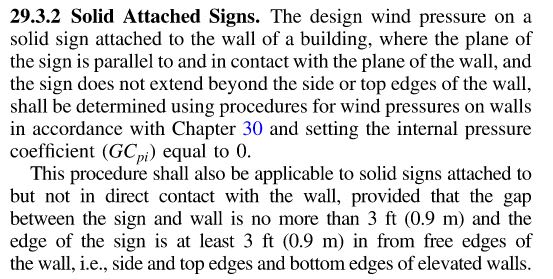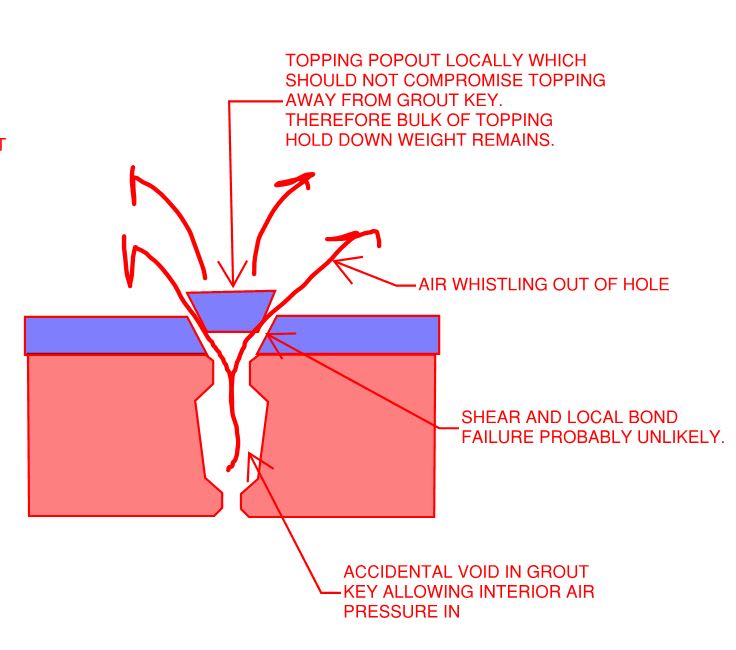I'm designing a storm shelter where the gross wind uplift is on the order of 225 psf. We will be utilizing either precast hollowcore planks or double tees as the roof system with a 4" topping to resist in-plane diaphragm forces.
How is the topping slab anchored to the roof members for net uplift loads? By inspection, the 50 psf weight of the topping won't be close to resisting the gross uplift loads so how is it typically anchored to the roof members? I have seen hairpins embedded into the stem of the double tees but I'm not sure if that is for composite action or providing a positive connection between the roof member and topping.
How is the topping slab anchored to the roof members for net uplift loads? By inspection, the 50 psf weight of the topping won't be close to resisting the gross uplift loads so how is it typically anchored to the roof members? I have seen hairpins embedded into the stem of the double tees but I'm not sure if that is for composite action or providing a positive connection between the roof member and topping.



